Security and compliance

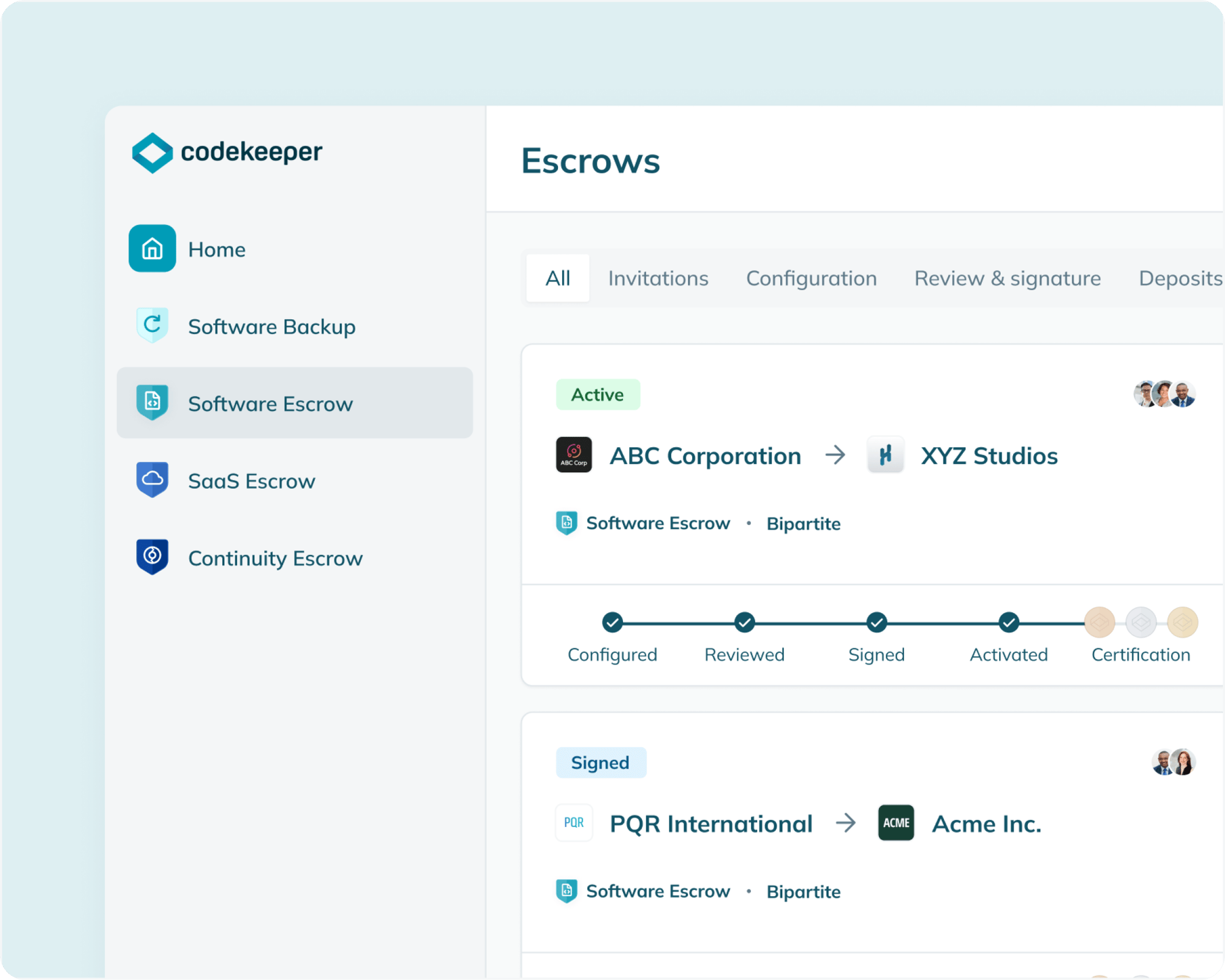
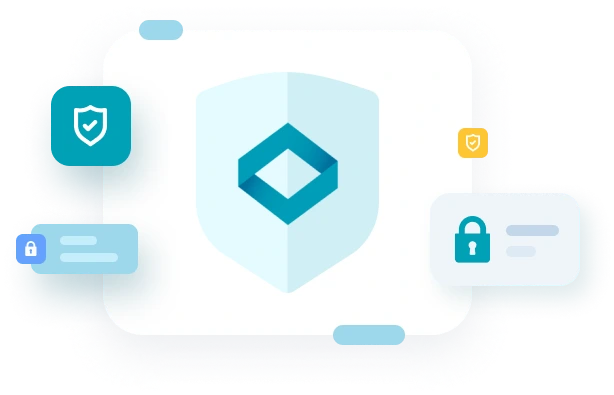
At Codekeeper, nothing is more important to us than protecting your data.
Learn more about how we're imposing security measures and mitigating risks through our security guides & policies.
Request access to our full security documents
By filling out the form, you will be asked to sign a non-disclosure agreement with Codekeeper.
Request one or more of the following Security Documents:
Security Assurance Report
The Security Assurance Report provides an overview of Codekeeper's Information Security Management System. Based on the ISO/IEC 27001:2022 Standard, this document provides information on how security has been weaved into our product and services design.
Information Security Policy
Our Information Security Policy is the foundational document outlining our commitment to safeguarding our own information, as well as the information entrusted to us by interested parties.
Codekeeper’s ISMS Summary
Our ISMS Summary provides a concise overview of Codekeeper's Information Security Management System, including how we manage and mitigate risks, ensure team member security awareness, protect physical assets, safeguard data, maintain compliance with our ISO 27001 certification, and implement information security policies.
Certified security standards
We are ISO27001 certified to safeguard your organization's data and infrastructure.
View Our ISO 27001 Certificate


Our security & compliance features
Information Security Guide
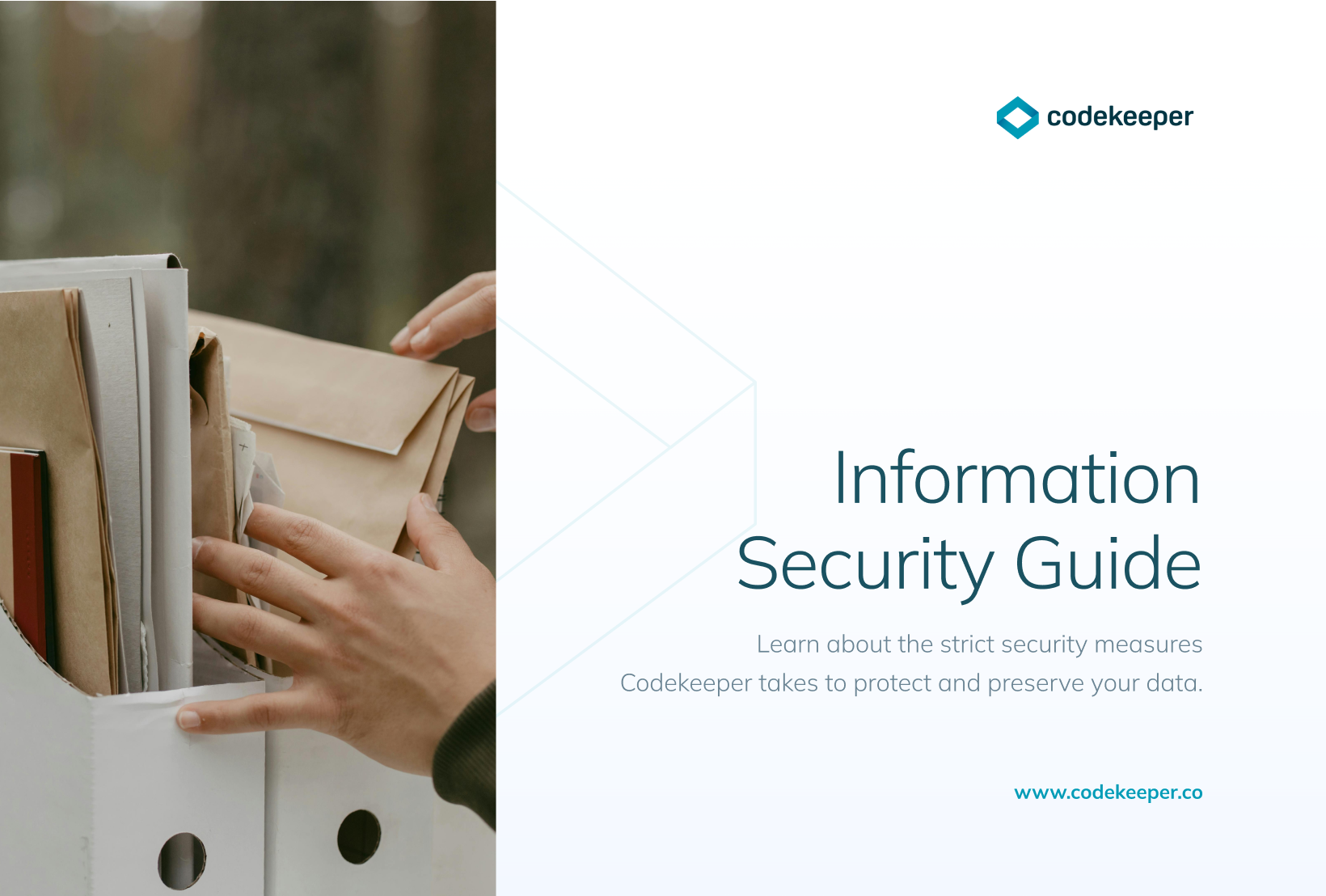
Data center security
Site selection
Prior to choosing a location, our data center partner performs initial environmental and geographic assessments. Data center locations are carefully selected to mitigate environmental risks, such as flooding, extreme weather, and seismic activity. Their storage sites are built to be independent and physically separated from one another.
Redundancy
Data centers are designed to anticipate and tolerate failure while maintaining service levels. In case of failure, automated processes move traffic away from the affected area. Core applications are deployed to an N+1 standard, so that in the event of a data center failure, there is sufficient capacity to enable traffic to be load-balanced to the remaining sites.
Availability
Our data center partner has identified critical system components required to maintain the availability of our system and recover service in the event of outage. Critical system components are backed up across multiple, isolated locations. Each location is engineered to operate independently with high reliability. Locations are connected to enable you to easily architect applications that automatically fail-over between locations without interruption. Highly resilient systems, and therefore service availability, is a function of the system design. Through the use of locations and data replication, our data center partner can help us achieve extremely short recovery time and recovery point objectives, as well as the highest levels of service availability.
Capacity Planning
Our data center partner continuously monitors service usage to deploy infrastructure to support our availability commitments and requirements. They maintain a capacity planning model that assesses our infrastructure usage and demands at least monthly. This model supports planning of future demands and includes considerations such as information processing, telecommunications, and audit log storage.
Business continuity plan
The business continuity plan outlines measures to avoid and lessen environmental disruptions. It includes operational details about steps to take before, during, and after an event. The business continuity plan is supported by testing that includes simulations of different scenarios, and lessons learned during testing is used to update the plan for continuous improvement.
Pandemic response
Employee data center access
Our data center partner provides physical data center access only to approved employees. All employees who need data center access must first apply for access and provide a valid business justification. These requests are granted based on the principle of least privilege, where requests must specify to which layer of the data center the individual needs access, and are time-bound. Requests are reviewed and approved by authorized personnel, and access is revoked after the requested time expires. Once granted admittance, individuals are restricted to areas specified in their permissions.
Pandemic response
Our data center partner incorporates pandemic response policies and procedures into its disaster recovery planning to prepare to respond rapidly to infectious disease outbreak threats. Mitigation strategies include alternative staffing models to transfer critical processes to out-of-region resources, and activation of a crisis management plan to support critical business operations. Pandemic plans reference international health agencies and regulations, including points of contact for international agencies.
Data center access review
Access to data centers is regularly reviewed. Access is automatically revoked when an employee’s record is terminated in their HR system. In addition, when an employee or contractor’s access expires in accordance with the approved request duration, his or her access is revoked, even if he or she continues to be an employee of our data center partner.
Data center access monitoring
Our data center partner monitor our data centers using our global Security Operations Centers, which are responsible for monitoring, triaging, and executing security programs. They provide 24/7 global support by managing and monitoring data center access activities, equipping local teams and other support teams to respond to security incidents by triaging, consulting, analyzing, and dispatching responses.
CCTV
Physical access points to server rooms are recorded by Closed Circuit Television Camera (CCTV). Images are retained according to legal and compliance requirements.
Data center entry points
Physical access is controlled at building ingress points by professional security staff utilizing surveillance, detection systems, and other electronic means. Authorized staff utilize multi-factor authentication mechanisms to access data centers. Entrances to server rooms are secured with devices that sound alarms to initiate an incident response if the door is forced or held open.
Intrusion detection
Electronic intrusion detection systems are installed within the data layer to monitor, detect, and automatically alert appropriate personnel of security incidents. Ingress and egress points to server rooms are secured with devices that require each individual to provide multi-factor authentication before granting entry or exit. These devices will sound alarms if the door is forced open without authentication or held open. Door alarming devices are also configured to detect instances where an individual exits or enters a data layer without providing multi-factor authentication. Alarms are immediately dispatched to our data center partner's 24/7 Security Operations Centers for immediate logging, analysis, and response.
Asset management
Our data center partner's assets are centrally managed through an inventory management system that stores and tracks owner, location, status, maintenance, and descriptive information for their owned assets. Following procurement, assets are scanned and tracked, and assets undergoing maintenance are checked and monitored for ownership, status, and resolution.
Power
Our data center electrical power systems are designed to be fully redundant and maintainable without impact to operations, 24 hours a day. Data centers are equipped with back-up power supply to ensure power is available to maintain operations in the event of an electrical failure for critical and essential loads in the facility.
Climate and temperature
Data centers use mechanisms to control climate and maintain an appropriate operating temperature for servers and other hardware to prevent overheating and reduce the possibility of service outages. Personnel and systems monitor and control temperature and humidity at appropriate levels.
Fire detection & suppression
Data centers are equipped with automatic fire detection and suppression equipment. Fire detection systems utilize smoke detection sensors within networking, mechanical, and infrastructure spaces. These areas are also protected by suppression systems.
Leakage detection
In order to detect the presence of water leaks, our data center partner equips data centers with functionality to detect the presence of water. If water is detected, mechanisms are in place to remove water in order to prevent any additional water damage.
Equipment maintenance
Our data center partner monitors and performs preventative maintenance of electrical and mechanical equipment to maintain the continued operability of systems within data centers. Equipment maintenance procedures are carried out by qualified persons and completed according to a documented maintenance schedule.
Environment management
Our data center partner monitors electrical and mechanical systems and equipment to enable immediate identification of issues. This is carried out by utilizing continuous audit tools and information provided through our Building Management and Electrical Monitoring Systems. Preventative maintenance is performed to maintain the continued operability of equipment.
Ongoing data center risk management
Our data center partner performs regular threat and vulnerability reviews of data centers. Ongoing assessment and mitigation of potential vulnerabilities is performed through data center risk assessment activities. This assessment is performed in addition to the enterprise-level risk assessment process used to identify and manage risks presented to the business as a whole. This process also takes regional regulatory and environmental risks into consideration.
Third-party security attestation
Our data center partner performs third-party testing of their data centers, to ensure that they have appropriately implemented security measures aligned to established rules needed to obtain security certifications. Depending on the compliance program and its requirements, external auditors may perform testing of media disposal, review security camera footage, observe entrances and hallways throughout a data center, test electronic access control devices, and examine data center equipment.
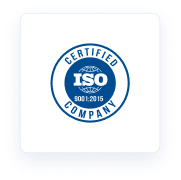
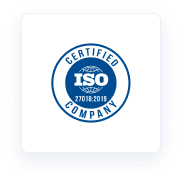
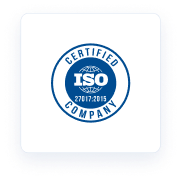

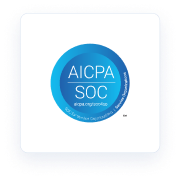


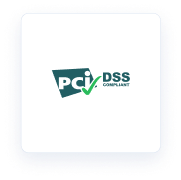
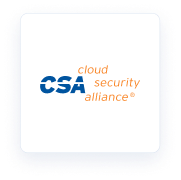
On security and compliance
Infrastructure
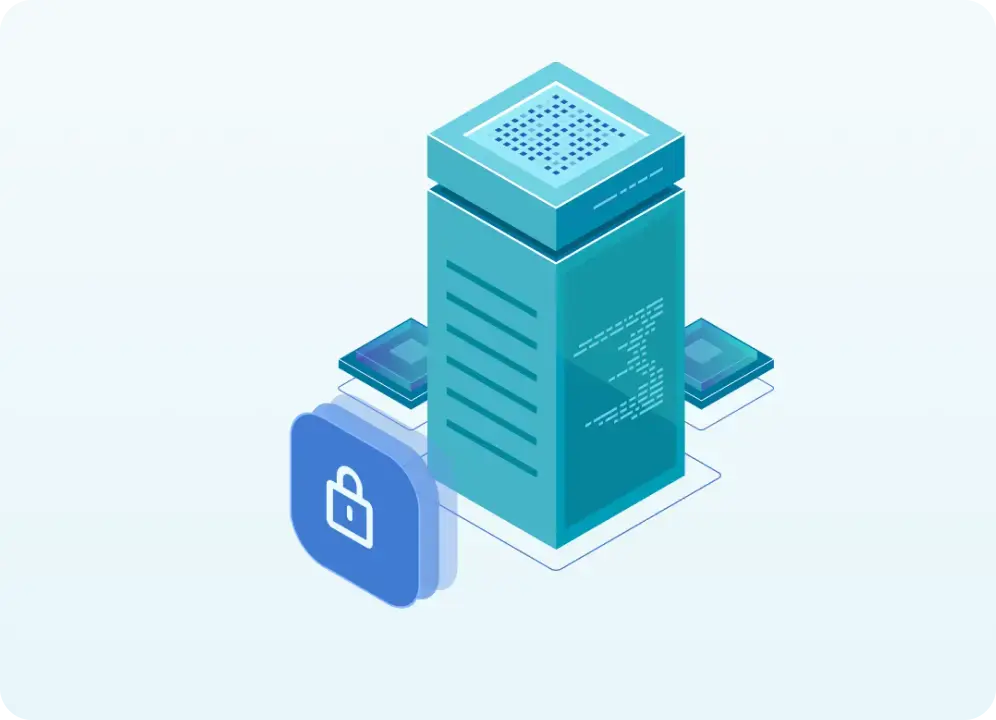

Data encryption
Vulnerability monitoring

Learn more about our security policies and procedures to stay aligned with industry best practices and compliance standards.
Request access to our full security documents
By filling out the form, you will be asked to sign a non-disclosure agreement with Codekeeper.
Request one or more of the following Security Documents:
Security Assurance Report
The Security Assurance Report provides an overview of Codekeeper's Information Security Management System. Based on the ISO/IEC 27001:2022 Standard, this document provides information on how security has been weaved into our product and services design.
Information Security Policy
Our Information Security Policy is the foundational document outlining our commitment to safeguarding our own information, as well as the information entrusted to us by interested parties.
Codekeeper’s Policy Index
For in depth compliance reviews, Codekeeper's Policy Index provides a list and summary of our Information Security Policies, expanding on our Information Security Policy's principles to form our Information Security Management System.



